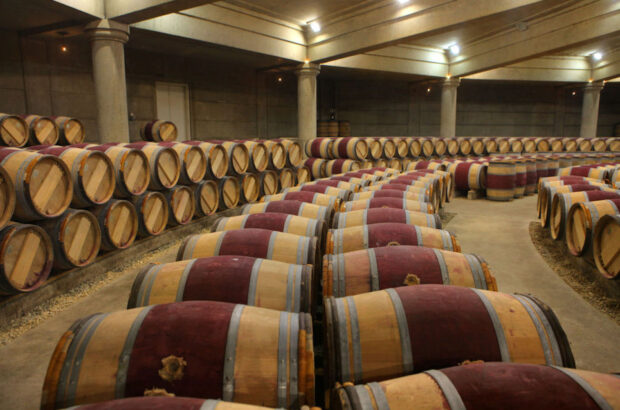A decanter.com
We toured several wineries and asked them what they thought about the first few months of this year, the harvest, the trends and what we’ll all be drinking in 2016.
A decanter.com
Cabernet Sauvignon in power. Cabernet awakens fanaticism and frustration among winemakers. It’s simple: it can be the most complex and the most elegant of wines, but to get it right takes skill and an eye for detail. The consultant winemaker Paul Hobbs said more than a decade ago that Argentina would be producing the best Cabernet Sauvignon on the planet. Will 2016 be the year for Cabernet?
Grenache and warm weather strains. Winemakers in Argentina always associate cold climates with premium wines: Cabernet Sauvignon, Chardonnay or Pinot Noir.
Some winemakers, however, are now choosing varieties from warmer climates which should adapt easily to most of the local terroir. Among them, Grenache. Popular in the vineyards of the Rhone and in many regions of Spain, it is characterised by medium-bodied to intense wines which are always easy to drink. In addition to this, it is ideal as a component for blends and offers good ageing potential.
GI’s – A wine’s origin can give it a lot of value. In a country like Argentina, where variety rules the roost, to talk about regions and small areas is a major step forward. In that sense, geographical indications (or GIs) add value and wineries are beginning to split the large units into smaller units.
The revival of the East – Just as southwestern Mendoza has been a magnet for investment over the last decade, many are now betting on the revival of the vineyards in the East of Mendoza. At one time, it was the main source of wine in the country, designed for the everyday consumer. But it is now being presented as an option for better quality wines. With land prices rising, wineries are seeking volume and flavour to ensure reasonable prices.
More wineries open to tourism – Wine tourism is one of the most dynamic activities in a winery. According to estimates by Bodegas de Argentina, in 2015 more than 1.5 million people visited wineries in Argentina. A figure three times that of 2005 and which encourages further investment in visitor centres.
With a macro-economy in line with the global market, as promised by the incoming government, inbound tourism should take a quantum leap in 2016.
Wineries on the web – As the digital universe bombards our lives, the Argentine wine industry is strengthened by it. According to experts, regional wineries are among the most active on major social networks, with original campaigns that entice users around the globe. A strategy of awareness that has a profound impact on consumers who not only want to know more about Argentine wines, but are also tempted to come and discover wineries and vineyards.
Written by Alejandro Iglesias, for Wines of Argentina.







